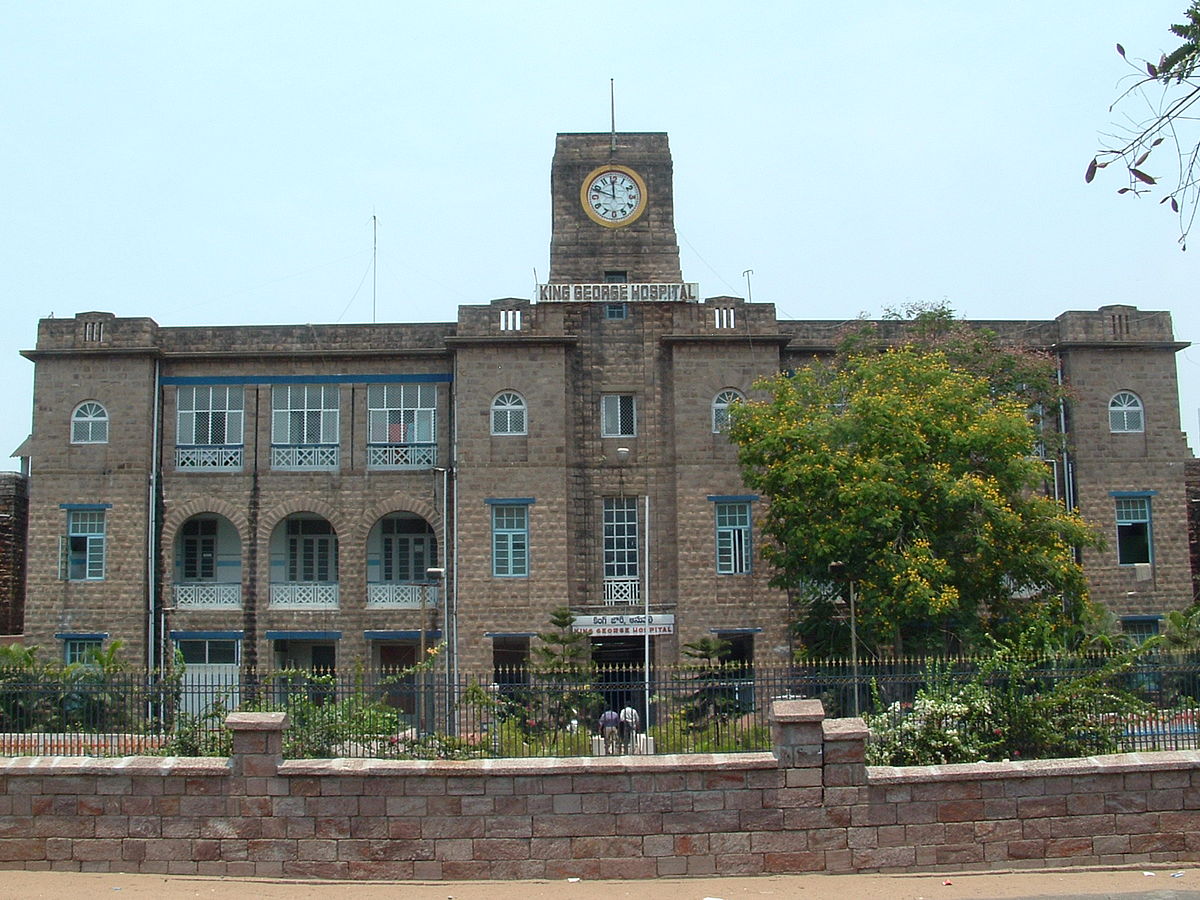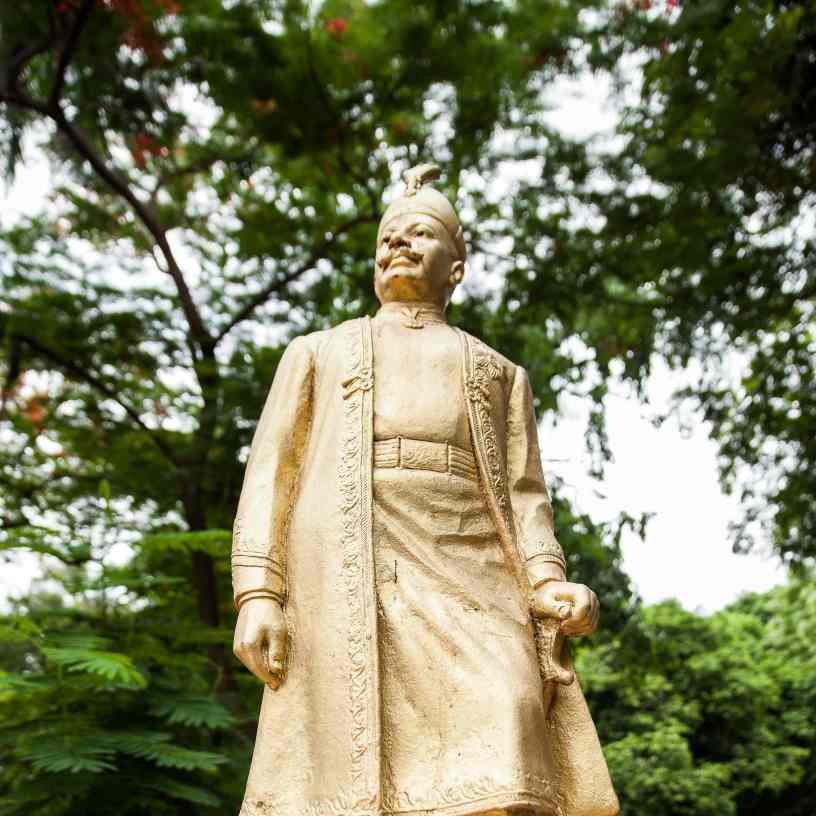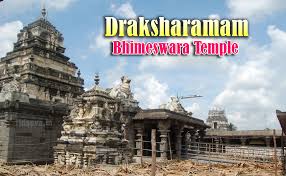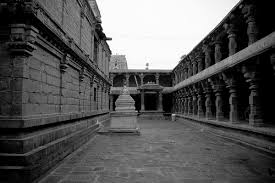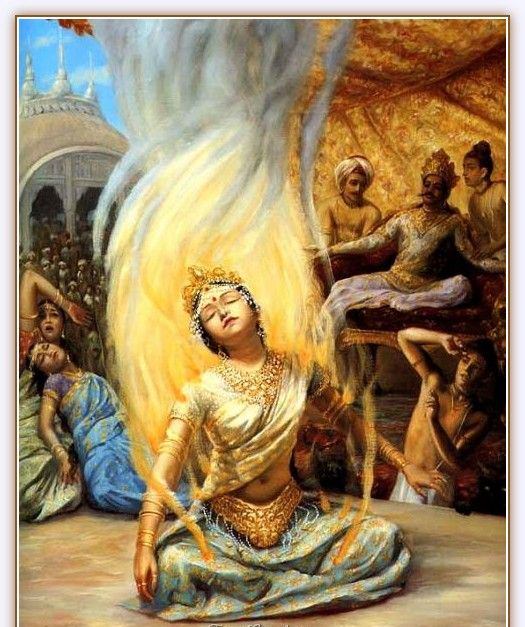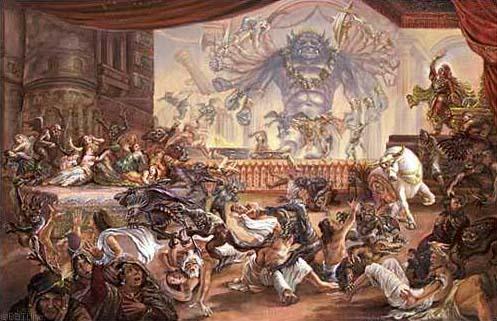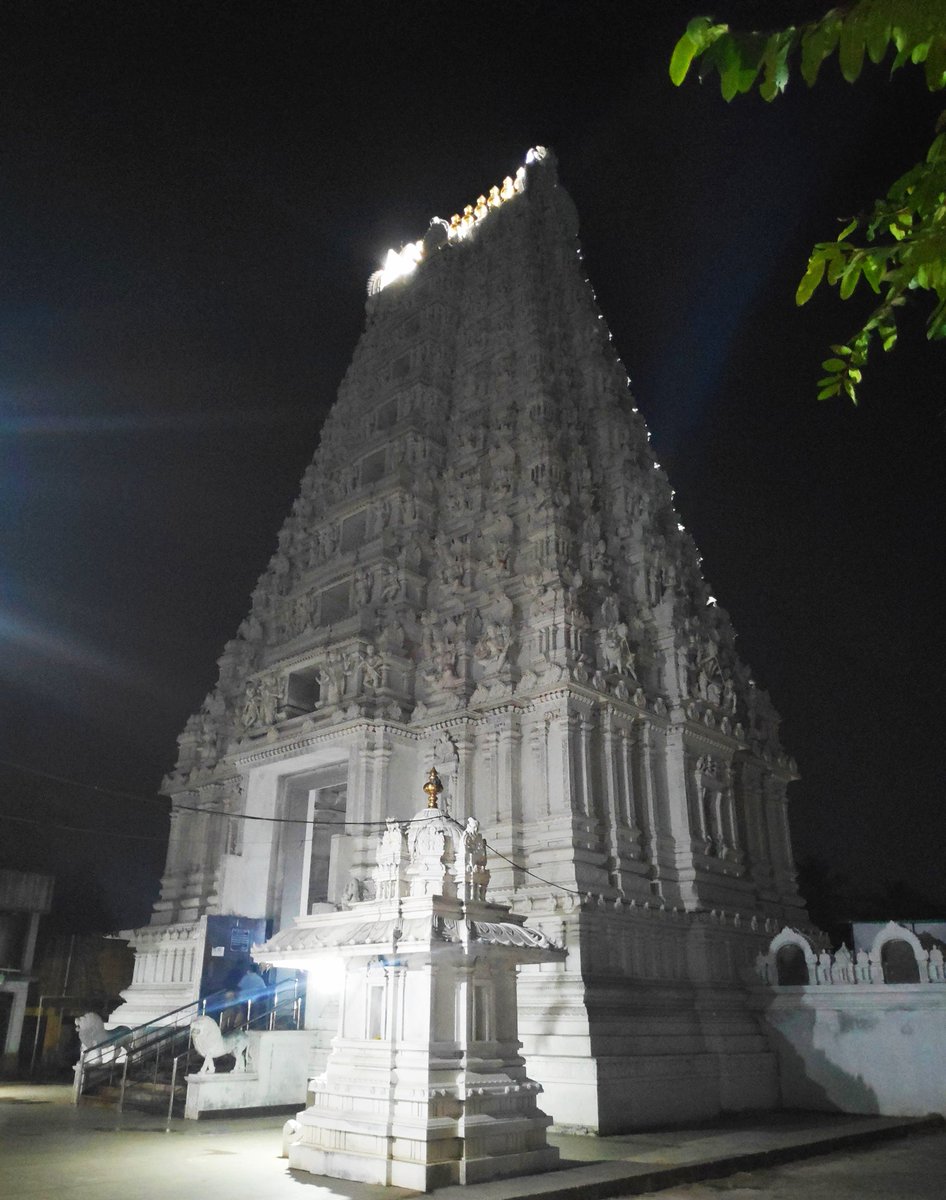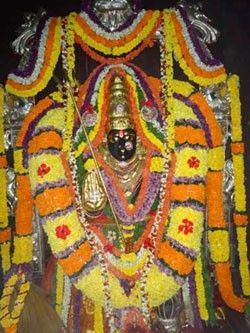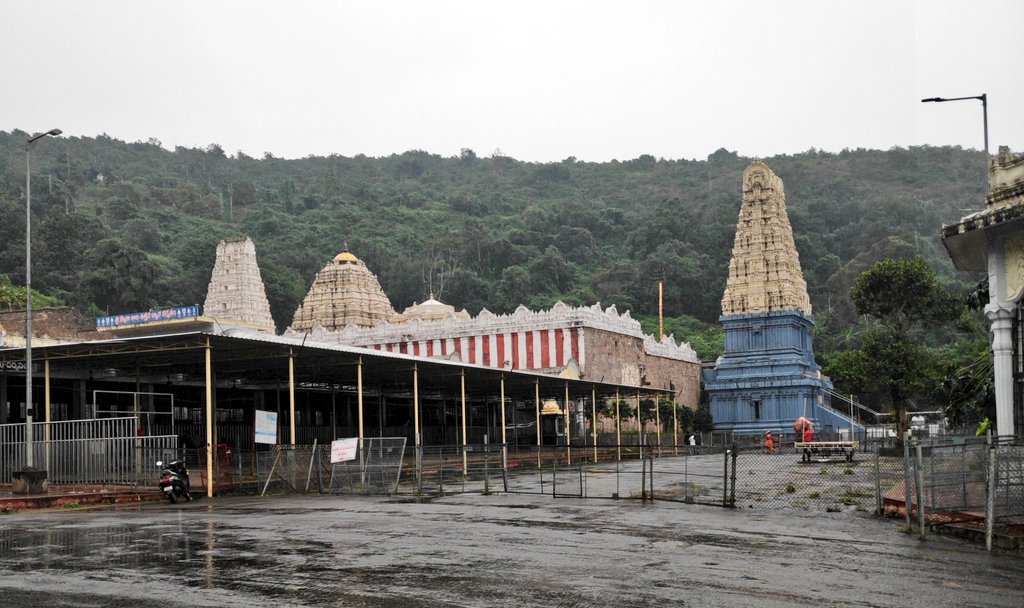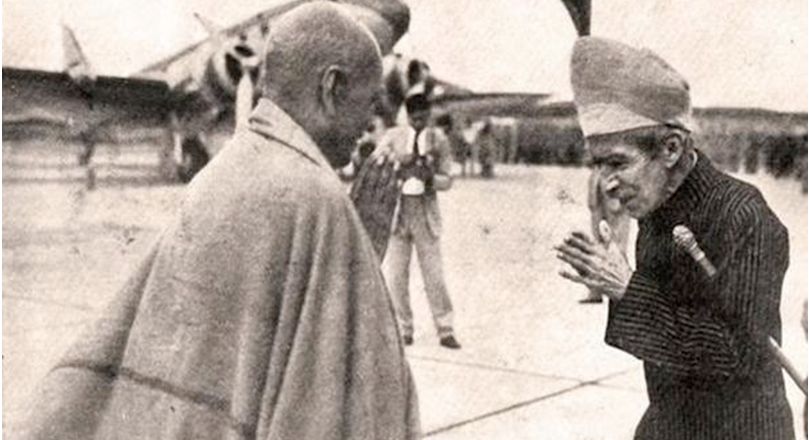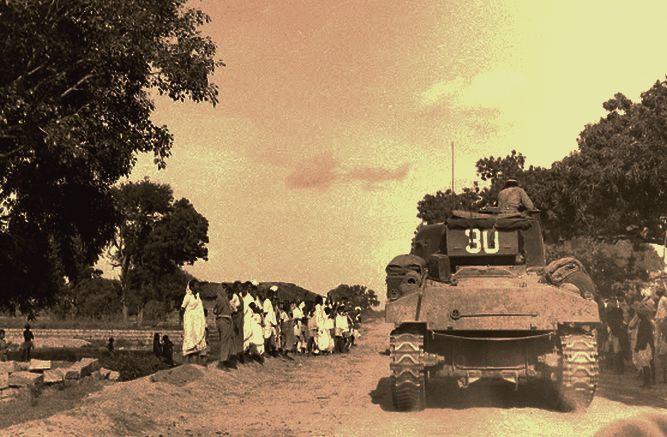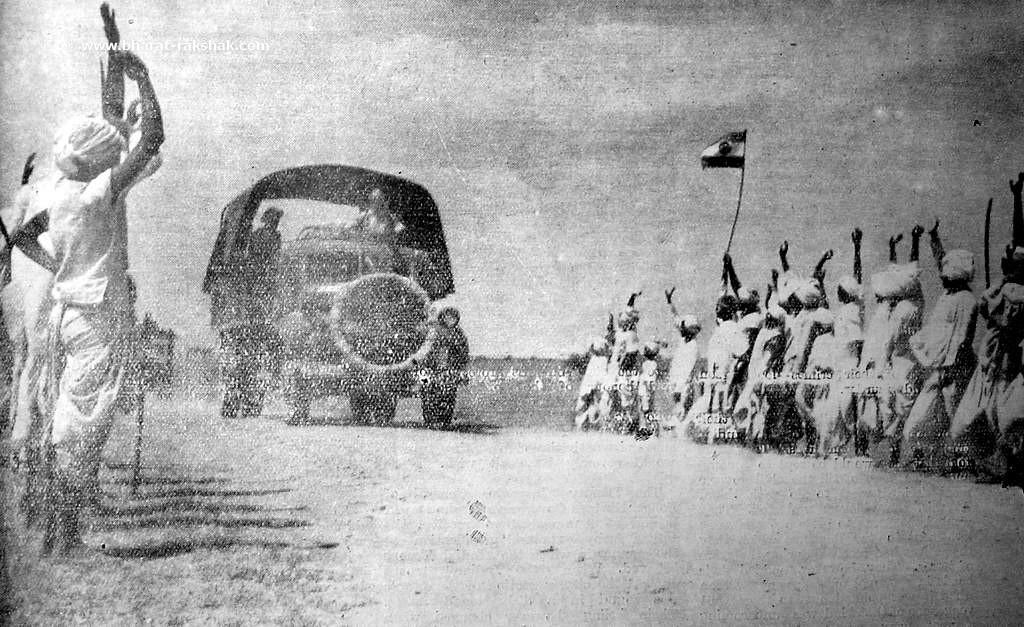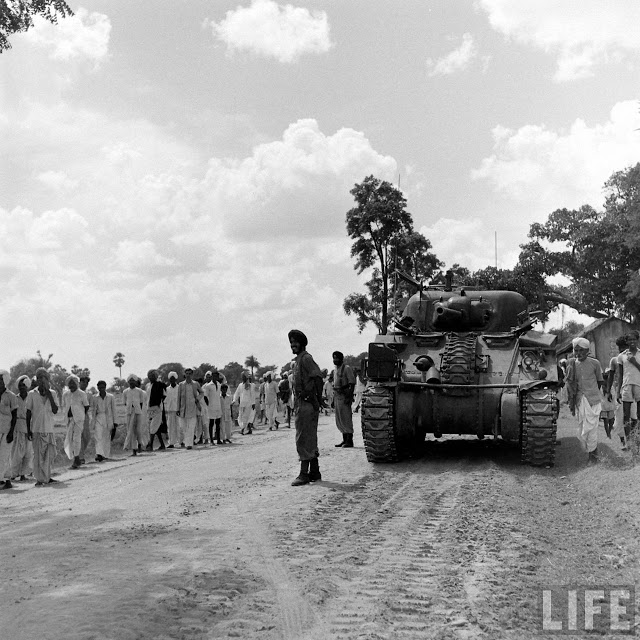
Ever heard of Gollala Mamidada village in Andhra?
Affectionately called "Konaseema Ayodhya", this town has a famous Lord Rama temple. Set in the midst of lush greenery, the towering double Gopurams are a sight for the ages.
A thread.
Affectionately called "Konaseema Ayodhya", this town has a famous Lord Rama temple. Set in the midst of lush greenery, the towering double Gopurams are a sight for the ages.
A thread.
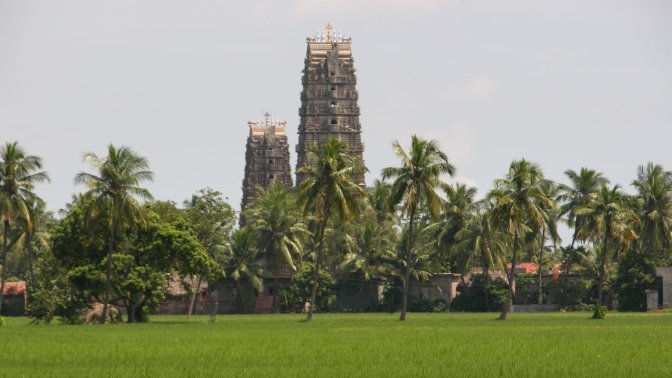
The delta area of the Godavari river is called the Konaseema. This island is created as the Godavari splits into its distributaries the Vruddha Godavari, Vasishta Godavari, Gautami and Nilarevu, just below the city of Rajahmundry. Gollala Mamidada is located here 

Located around 45 km from Rajamundry (and 20 kms from Kakinada), this little village is famous for the Sri Kodanda Rama Swami Temple. Kodandam is the bow of Lord Rama, and he is worshipped in AP/TG mostly as Kodanda Rama. 

This isnt an ancient temple like the others around here, but relatively new.
The construction started in 1889 by two local brothers Dwarampudi Subbi Reddy and Rami Reddy donated land and built a small shrine to Lord Rama. A larger temple was constructed in 1939
The construction started in 1889 by two local brothers Dwarampudi Subbi Reddy and Rami Reddy donated land and built a small shrine to Lord Rama. A larger temple was constructed in 1939

The most stunning feature of this temple are the towering double Gopurams. Rising vertically to the heavens, they lord over the neighbouring hinterland, and are said to be visible for over ten kilometres. 

The east-facing gopuram is 160 feet high and has nine storeys and five kalasams, while the west-facing gopuram is 210 feet high and has 11 storeys and five kalasams. These images do tell how awe inspiring the temple towers are. 



The Gopurams have intricate carvings from the Ramayana, the Mahabharata and the Bhagavata all over them while the Vimana (the tower over the Sanctum) has carvings from the Bala Ramayanam. 



Four such carvings
1. The Court of Lord Rama
2. Lakshmana faints during the climactic battle in Lanka
3. Hanuman presents the ring of Sita to Lord Rama
4. Lord Narasimha breaks out of the pillar to slay Hiranyakashyapa.



1. The Court of Lord Rama
2. Lakshmana faints during the climactic battle in Lanka
3. Hanuman presents the ring of Sita to Lord Rama
4. Lord Narasimha breaks out of the pillar to slay Hiranyakashyapa.




This carving, of Lord Narasimha on the threshold of the palace, with the Rakshasa Hiranyakashyapa on his thighs is one of the most alluring here.
And proof that the earlier Avataras of Vishnu are still worshipped widely in the south.
And proof that the earlier Avataras of Vishnu are still worshipped widely in the south.

Among the various festivals celebrated for Lord Rama here, the Teppotsavam (Boat Festival) performed every year on Chiluku Dwadasi (Ksheerabdi Dwadasi) is prominent. This marks the day of the Churning of the Milk Ocean. 

The other Vaishnava festivals like Sri Rama Navami, Vaikuntha Ekadashi and Vijayadasami are also celebrated here in this temple. 

Close to this temple, there is also a Surya Narayana Swamy temple dedicated to the Sun God.
This is the second famous Sun Temple in Andhra after the Arasavilli temple in Srikakulam.
The annual Ratha Saptami festival is celebrated with great pomp and grandeur here.
This is the second famous Sun Temple in Andhra after the Arasavilli temple in Srikakulam.
The annual Ratha Saptami festival is celebrated with great pomp and grandeur here.

Some people have tweeted about Lord Rama being a "North Indian" God with no traction, to say in the south. They are not aware of the deep reverence for Lord Rama among the Telugus. Every town/village would have a "Ramalayam" or temple to Lord Rama.
The Wedding of Lord Rama and Sita is celebrated on Sri Rama Navami here, and is almost a state festival with the Chief Ministers presenting silk vestments to the gods.
Here you can see KCR in Bhadrachalam Rama Temple, and Chandrababu Naidu in Vontimitta Rama Temple

Here you can see KCR in Bhadrachalam Rama Temple, and Chandrababu Naidu in Vontimitta Rama Temple


In the hay-days of the Ram Janmabhumi movement, it was the state of Andhra Pradesh which had sent the largest number of bricks to Ayodhya.
Simply inscribed as "Sri Rama" in the beautiful Telugu script, these blocks show a devotion stretching over millenia.
Simply inscribed as "Sri Rama" in the beautiful Telugu script, these blocks show a devotion stretching over millenia.

The number of temples dedicated to Lord Rama in the Telugu land are beyond count now. The Kodanda Rama temple in Gollala Mamidada is one among the numerous. So next time you are in East Godavari district, surely take time out to visit it.
As Lord Shiva explained to Mata Parvati,
"శ్రీరామ రామ రామేతి రమే రామే మనోరమే, సహస్ర నామతత్తుల్యం రామనామ వరాననే"
“Sri Rama Rama Rameti Rame Rame Manorama; Sahasranama Tattulyam Rama Nama Varanane.”
End of thread. 🙏
"శ్రీరామ రామ రామేతి రమే రామే మనోరమే, సహస్ర నామతత్తుల్యం రామనామ వరాననే"
“Sri Rama Rama Rameti Rame Rame Manorama; Sahasranama Tattulyam Rama Nama Varanane.”
End of thread. 🙏
PS. All pictures from the internet.
• • •
Missing some Tweet in this thread? You can try to
force a refresh

